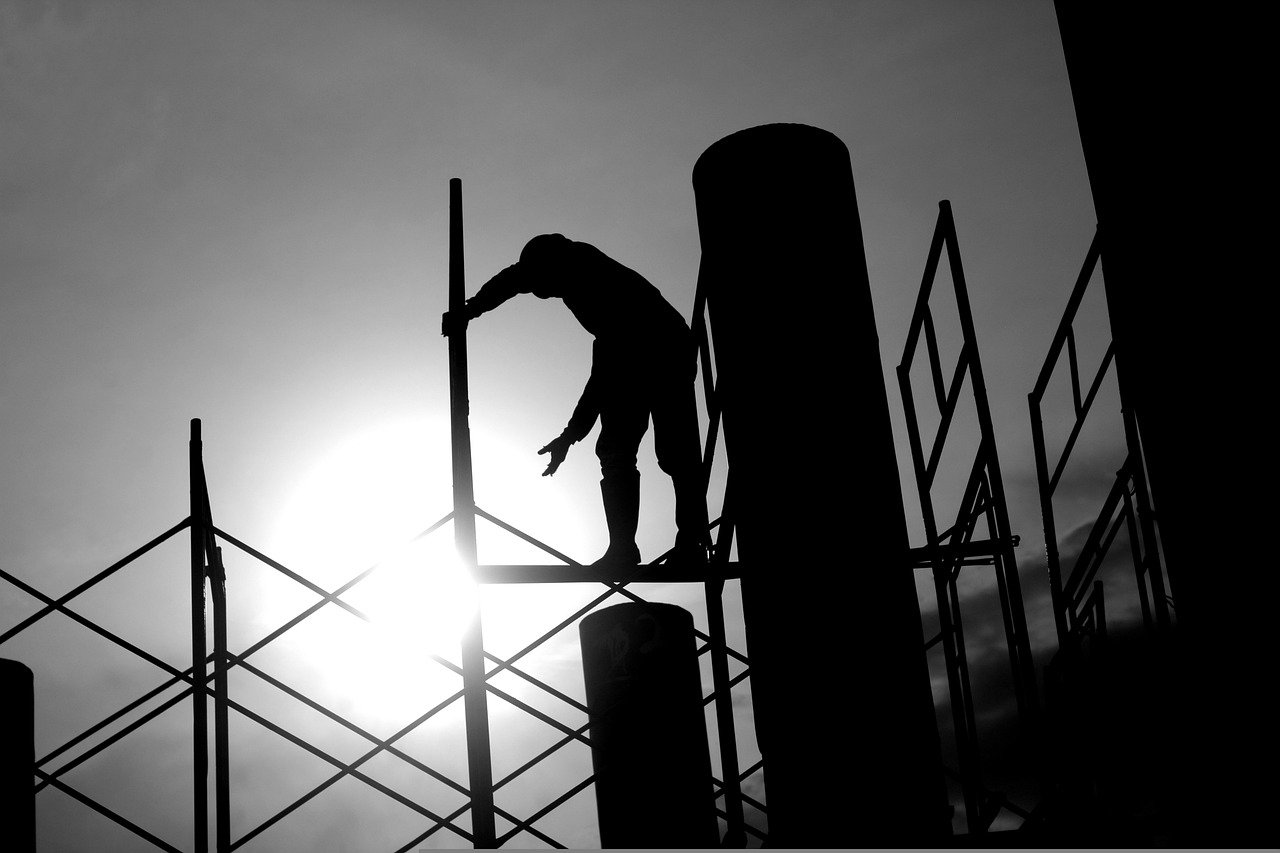How To Prevent Workplace Head Injuries & Saves Lives
Work-related head injuries occur more often than many people might realize, according to workplace accident data compiled by the National Institute for Occupational Safety and Health (NIOSH).
This is why efforts to prevent head injuries in the workplace must be “an absolute must in most hazardous environments,” said David Consider, senior workplace safety consultant at the National Safety Council, in an interview with Safety + Health magazine.
The Massachusetts workers’ compensation attorneys at the Law Offices of Deborah G. Kohl agree that more needs to be done to prevent work-related head injuries. That’s because we have witnessed first-hand just how devastating head injuries can be for injured workers and their families.
Workplace head injuries are common
Work-related head injuries often have serious or fatal consequences, especially in certain industries. For example, between 2003 and 2010, one out of four workplace fatalities in the construction industry involved a traumatic brain injury, according to NIOSH data.
However, construction workers aren’t the only ones who sustain severe head injuries. Safety + Health magazine states that “the risk for head injuries also is present in numerous other occupational sectors.” This is why all employers need to understand why work-related head injuries occur and what these businesses can do to prevent such injuries.
Why workplace head injuries happen
Work-related head injuries often occur due to negligence, especially due to a lack of safety measures by employers. According to Safety + Health magazine, examples of how head injuries happen on the job include:
- Unsecured falling objects that hit a worker on the head.
- Workers not being provided with proper head protection, including hard hats.
- Employers who do not provide proper safety training for workers.
- Lack of safety inspections, resulting in unsafe working conditions.
How to prevent workplace head injuries
There are many steps employers can take to prevent work-related head injuries. According to Safety + Health magazine, such steps include:
- Provide employees with proper-fitting hard hats and other head protection equipment.
- Regularly inspect hard hats for cracks or other defects.
- Regularly inspect workplaces to make sure there are no loose objects or unsafe scaffolding that could result in a head injury.
- Provide workers with safety instruction manuals and safety training designed to prevent work-related head injuries.
- Employers should review such safety measures at least once a year to make sure that workers are properly protected.
How a Massachusetts workers’ compensation attorney can help
Work-related head injuries in Massachusetts can quickly turn into complicated legal matters. Instead of receiving the support injured workers deserve, many have to fight for the financial compensation they’re legally entitled to receive for their head injury.
When this happens, it’s important for injured workers to fully understand their legal rights. That’s why our Massachusetts workers’ compensation lawyers at the Law Offices of Deborah G. Kohl want to meet with you. We thoroughly understand how the legal system works in Massachusetts and Rhode Island. This is because we have successfully handled many legal cases in both states.
Learn more about your rights. Contact our law firm and schedule a free consultation with a Massachusetts workers’ compensation attorney you can count on in a crisis. We’re here for you when you need us most.


